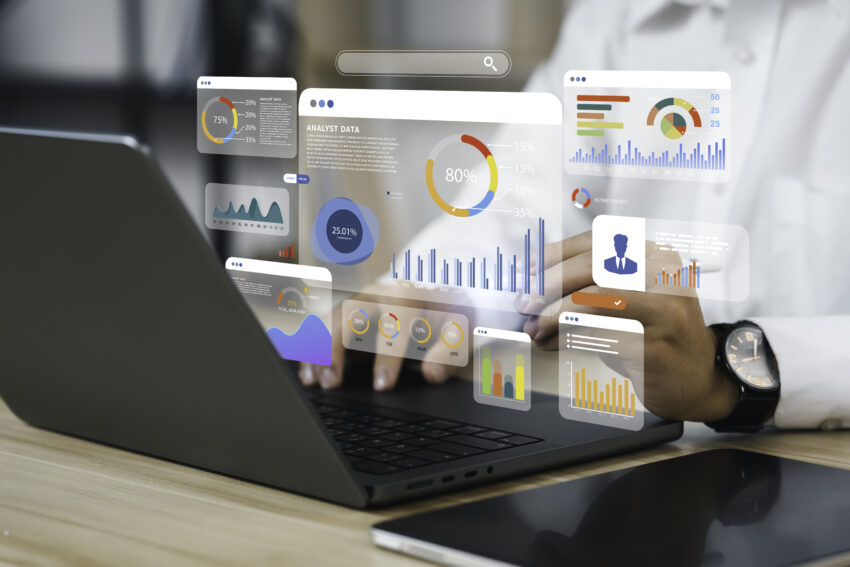Jeremy Brockman, Senior Data Analyst for the Technology Enhanced Learning (TEL) team at NHS England, explains how developments in data management are transforming the learner experience.
Data is essential to how our users in health and care understand the impact and value of evidence-based elearning programmes. elearning generates a lot of data and we have three platforms – elearning for healthcare, the Learning Hub and Digital Learning Solutions – some of which have been running for over a decade. The theme that runs through our reporting is managing the large amount of data we have to ensure that our users are getting the best learning experience possible and we are supporting people to make the best choices.
We have lots of users of the data both inside and outside our organisation – from the TEL Senior Management Team through to stakeholders from across health and care. As we have acquired more data, it has put more and more pressure on to our platforms, which has limited performance. By moving some of the data into the Unified Reporting data warehouse we should be able to make our systems scale more consistently and better meet the challenges and needs of the health and care sector.
You often hear medical professionals talk about evidence-based medicine; using that as inspiration, we use the data to support evidence-based learning and lots of our users are medical professionals who understand the value of this approach. Unified Reporting will expand this even further to provide users with a complete and consistent view of their learning progress on our three platforms. This means they will always see the same view irrespective of where they look at the data or where they complete the learning originally. In the future, looking at a learning history our users will be able to see all the activity from Learning Hub, DLS and elfh Hub as a single narrative.
We know from experience that giving managers good quality data presented with clear graphics drives their engagement with the platform and gives them a greater understanding of how their work is received and confidence that our platforms are delivering value for the NHS. We have listened to content stakeholders, and one of the most common requests is to be able to see in single view a summary of activity for all the platforms (Learning Hub, DLS & elfh Hub) as well as ESR and AICC which links our content to local learning management systems. Hopefully, this will allow managers to quickly see actions that need to be taken based on what the data is telling them.
Effective data presentation means people can quickly make effective decisions without having to do a lot of data lifting. Statistical Process Control (SPC) is becoming the standard way of presenting data across the NHS. It is technique of data analytics that quickly allows the viewer to separate the facts from the noise. Have a look on the TEL learning Hub at the Step 1 video Resource details (learninghub.nhs.uk) to understand this more clearly.
One of the exciting prospects of universal reporting is the ability to combine data from multiple sources including external data sources. We already do this in a small way with the ODS dataset for NHS and Social Care Locations and The Office of National Statistics (ONS) Postcode directory. The ONS Postcode directory contains a variable called the Index of Multiple Deprivation which could be used to ensure that learning content is reaching the areas where is it most needed. The NHS is very data rich and unified reporting starts to open the doors to allow us to bring in other datasets and to make our own data available to other organisations while making sure this is done safely and securely. Having really good quality, well understood data also creates an opportunity to train AI based systems so learning systems in the future can prescribe elearning to users based on what their previous activity, their level of competency and the activity of similar users – fuelled by the power of the Unified Reporting data warehouse
